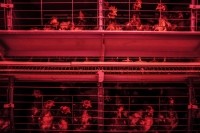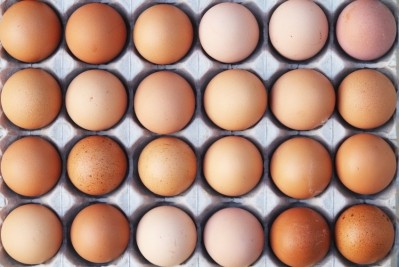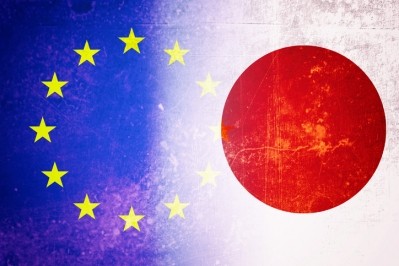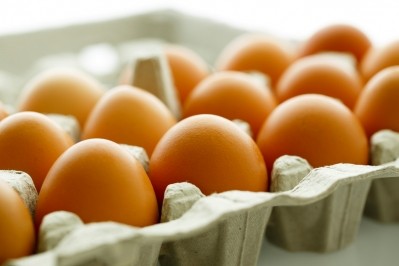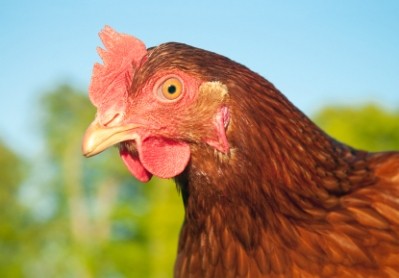EU egg sector will have difficulty surviving without import levies: Wageningen
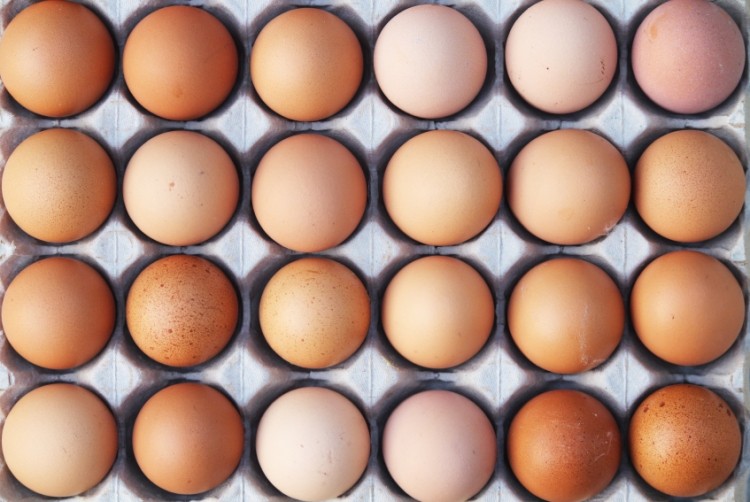
Researchers from the Agricultural Economics Research Institute (LEI) of Wageningen University calculated the impact on egg powder prices if EU import levies, which currently protect producers, were abolished or reduced as a result of multilateral or bilateral trade negotiations with non-EU countries.
Commissioned and funded by the EU trade association for Egg Packers, Traders and Processors (EUWEP), of which the EEPA as a member, the reports are intended to ‘remind’ the Commission of the importance in protecting domestic production.
“[They] help us to defend our position and to clarify the threats to the industry,” said EUWEP member, the European Egg Processors Association (EEPA).
The researchers focused on imports from third countries with which the EU has or is in the process of negotiating trade deals: Ukraine, India, the US and Mercosur (Argentina, Brazil, Paraguay and Uruguay; Venuzuela is a member but has been suspended since 2016).
All these countries have strong poultry sectors, and the researchers concluded the EU egg sector would "have difficulty to survive without import levies".
Under threat?
The Transatlantic Trade and Investment Partnership (TTIP) with the US and the agreement with India have been suspended while negotiations with Mercosur and Ukraine are ongoing.
However, the egg industry still feels under threat, EEPA president Matthieu Justeau told FoodNavigator.
“Nearly all trade negotiations with countries with a strong poultry sector are threatening the EU," he said. "[We] are pleading for a level playing field, so imported eggs should have at least the same animal welfare standard as in the EU.
“No eggs or egg products produced by hens housed in conventional [battery] cages, which have been illegal in the EU since 2012, should be allowed to be imported. For the time being the import levies protect the sector, however they should not be lowered as a result of any trade agreement."
“On the other hand the EU does have one offensive interest for example the trade negotiation with Japan, where the sale of egg white is crucial for the European egg sector,” he added.
In a scenario with 50% lower import levies, Ukraine and the USA already have a lower offer price of whole egg powder compared to the EU egg sector. In a scenario with 50% lower import levies combined with a 10% lower exchange rate, all non-EU countries have a considerably lower offer price of whole egg powder compared to the EU egg sector.
The highest costs were in Denmark, at €0.97, and the lowest, of €0.83, was found in Poland, giving an average production cost for the entire bloc of €0.89.
However, production costs in Ukraine were almost one quarter (24%) less than this average cost while US producers had 21% fewer costs and 16% for Argentinian producers.
“Because the cost of transportation of powder is low, the offer price of whole egg powder from third countries is relatively low,” the Wageningen researchers warn.
Stricter standards, higher costs
Internationally accepted conventions or standards exist for food safety (Codex Alimentarius) while the World Organisation for Animal Health (OIE) sets standards for animal health and animal welfare. OIE codes are a recommendation to its members, however, and the OIE has no power to enforce them.
There are no internationally accepted standards for environmental protection.
“Animal welfare legislation gives the largest increase in production costs. First by increase of the space allowance from 450 cm2 to 550 cm2 in 2003, followed by the minimum standard with enriched cages in 2012,” says the report.
In the US, there is no federal legislation in the USA governing the housing requirements for laying hens. However, in 2015 almost all major retailers, foodservice and food companies announced intentions to purchase only cage-free shell egg and egg products by the year 2020 or 2025.
“This change in market demand is expected to increase the share of layers kept in enriched cage or non-cage systems to around 60% in 2025, although it is suggested that this transition might not happen on time,” the report says.
The ban on the use of meat-and-bone meal and strict rules on the use of GMO crops in the EU results in higher feed costs, the report says.
The fipronil effect
Justeau said it is too early to give a clear overview of how badly the fipronil scare has hit the European egg sector. Some countries have not been affected while others have been hit dramatically.
“For the time being the main issue is the loss of the hens and thus fewer eggs on the market; the EU egg prices are double the average price of last year. This is good for the non-affected poultry farmers, but affects enormously the trade and the egg products sector since sales prices and contracts are for a long period (1 year), prices were very low when the contracts were made up.
“If the contracts cannot be reviewed, the effects for the industry and the egg traders will be dramatic.”
The EEPA expects egg prices to stay high until around Easter 2018 – the period required to replace the ‘lost’ hens as there are currently not enough chickens available.
But it’s a volatile market, said Justeau. When the market was rocked by bird flu in 2015, prices skyrocketed for a period and then fell dramatically.
The EEPA expects that fipronil will have a similar effect on prices.
Source: Wageningen Economic Research
“Competitiveness of the EU egg sector, base year 2015; International comparison of production costs”
Available to download: http://dx.doi.org/10.18174/417151
Authors: Horne, P.L.M. van, N. Bondt

